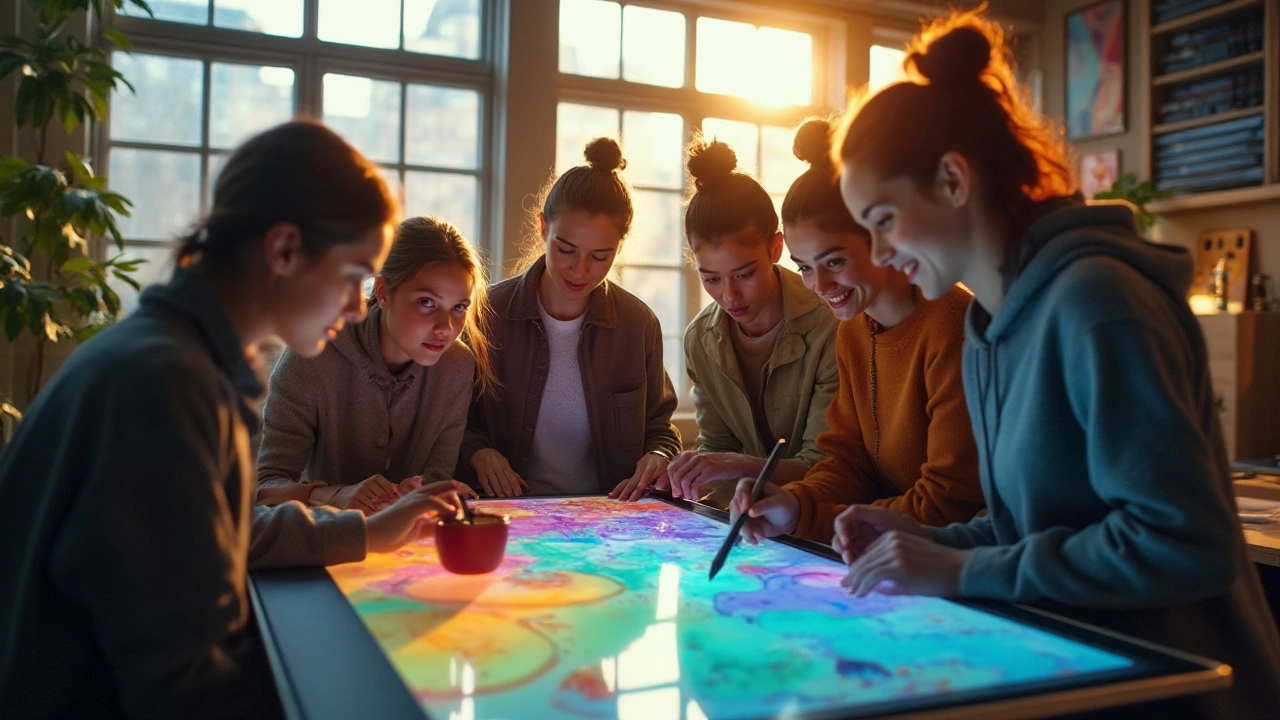Beginner Guide: Easy Art Tips for New Creatives
Just picked up a brush or a lump of clay? You’re in the right spot. This page gathers the most helpful how‑tos, so you can skip the confusion and start making art right away.
Quick Fixes for Common Mistakes
Messed up a color on your oil painting? No panic needed. A wet layer can be wiped clean with a soft cloth, while a tacky one takes a light scrub and a fresh glaze. For dry paint, scrape gently and blend a new layer in. These tricks keep your canvas looking polished without a total redo.
Simple Projects to Build Confidence
Want a sculpture that won’t crack your budget? Try using everyday objects like cardboard tubes, plaster of Paris, or even recycled bottle caps. Start with a basic shape, add texture with sandpaper, then paint with acrylics. The result is a satisfying piece you can display in minutes.
If abstract art feels like a mystery, remember it’s more about feeling than rules. Pick a color that matches your mood, splash it on the canvas, then add a few lines or shapes that “feel right.” You’ll see a personal message appear without overthinking.
Watercolor beginners often wonder whether to sketch first. A light pencil outline helps you place washes, but you can also jump straight in if you enjoy spontaneity. Start with a wash of the lightest hue, let it dry, then layer darker tones. This order prevents muddy colors and gives you control.
Portrait painting can be intimidating, especially when choosing between acrylic and oil. Acrylic dries fast, so you can fix errors quickly—great for fast learners. Oil stays wet longer, letting you blend smooth skin tones, but it needs patience. Test both on a scrap board and see which feels more natural.
Understanding the rule of thirds will instantly improve your landscape sketches. Imagine two vertical and two horizontal lines dividing your canvas into nine equal parts. Place the horizon on a line, and key elements at the intersections. Your scenes will look balanced without needing a design degree.
When you’re ready to digitize a hand‑drawn sketch, a simple scanner or phone camera does the trick. Open the image in a free editing program, clean up stray lines, then export as a high‑resolution PNG. You now have a digital version you can share or edit further.
Feeling unsure about the value of signed prints? Look for a clear signature, a reputable publisher’s label, and a limited edition number. These details usually mean the piece holds real worth, not just a decorative poster.
Curious about modern art trends like AI‑generated pieces or NFTs? They’re just newer tools for the same creative impulse. Experiment with a free AI art app, then print a small version to see how digital styles feel in your own space.
All these guides share one goal: give you practical steps you can try today. Bookmark the topics that match your interests—oil fixes, easy sculptures, watercolor basics—and start creating. The more you practice, the faster you’ll see progress, and the more fun art becomes.

29 Nov 2024
Digital art is an expansive field that welcomes creative individuals from all walks of life. With the rise of accessible technology and user-friendly software, creating digital art is increasingly attainable for anyone with a passion for creativity. This article explores the opportunities and resources available for budding digital artists, demystifies the process of digital creation, and provides practical tips for getting started on this creative journey.
Continue reading...
